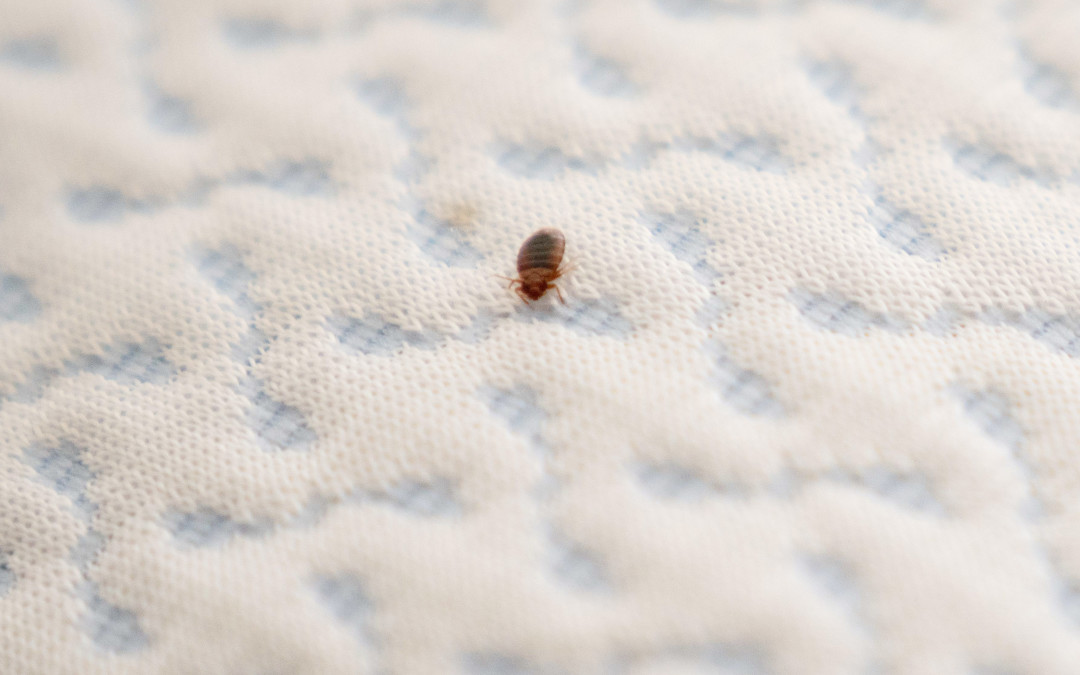Until the 1990s, bed bugs had been largely forgotten in American society, but the bloodsucking creatures have reemerged to become the most significant indoor pests of the 21st century. The reason for their reemgence is not entirely due to the banning of DDT, an insecticide that nearly wiped out bed bugs from the entirely of the United States during the latter half of the 20th century. A significant increase in international and domestic travel, as well as a general underestimation of the insect’s ability to spread have allowed bed bugs to infest homes, hotels, airports, public and private buildings, and just about every indoor location imaginable in every county, city, town and neighborhood in the country.
Bed bugs can survive for months without a blood-meal, and due to their unique ability to hide in the tightest and most obscure of indoor locations, bed bug inspections and treatments are the most thorough of all pest control procedures. Also, unlike the vast majority of indoor pests, bed bugs are able to feed on human hosts without detection. This is because bed bugs emerge during the night in order to feed on the blood of sleeping humans, and even when bed bug bites do occur during waking hours, their bites are not immediately noticed due to a component in their saliva that numbs the skin.
While the minute size of bed bugs suggests that they must not be too intelligent, bed bugs have evolved to survive indoors by taking advantage of human habits. For example, while bed bugs spend 95 percent of their life cycle in hiding, they strategically move out of their hiding places to bite while humans are distracted or while humans remain sitting for long periods of time, whether they are awake or not. The fear of falling victim to a bed bug infestation is now so pervasive that some residents have come to falsely believe that they are sustaining bites within an infested home. This false belief constitutes a psychiatric condition known as “Ekbom Syndrome,” or “Delusory Parasitosis,” and although this condition is not limited to bed bug delusions, the modern pervasiveness of bed bug infestations has made the condition more common. For example, one study that reviewed phone calls made to a bed bug information line suggested that one to two percent of calls where made by individuals who had Ekbom Syndrome.
Have you ever lived in fear of having a bed bug infestation, but were unable to determine with certainty if you did, in fact, have an infestation?

